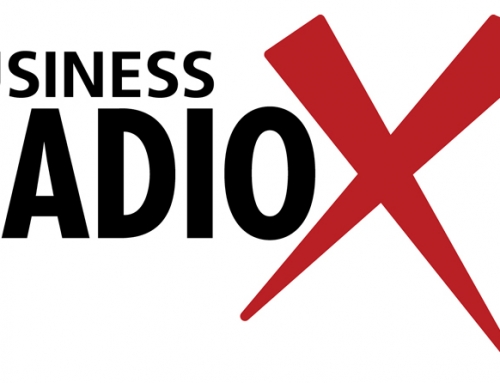The advent of consumer-driven healthcare has steadily increased transparency in healthcare costs. Health Savings Accounts (HSA) are the best deal Uncle Sam has going. When consumers do a cost-benefit analysis on paying for dental insurance vs. simply using HSA/FSA funds, they often opt out of the plan. This is particularly true for professionals that are accustomed to crunching numbers (CPA’s, CFO’s, et al). Let’s name this consumer profile “Betty”.
Betty has always visited the dentist on regular basis. She is a high income earner and owns a small legal firm. Since there is less than ten employees, dental insurance premiums are high due to small pool of lives in which to spread the risk. Betty still offers dental insurance on voluntary basis to her staff, but decided to waive for herself.
Why?
Betty did the math. Her single premium was $40 a month x 12 months = $480 annually. After reviewing her dental expenses for prior year, she only spent $380 for her two cleanings. She can simply use her HSA/FSA and save $100.
Betty has had two crowns done in the past and realizes that the overall cost would only be partially muted by the dental coverage due to cost share and the annual maximum.
Betty keeps a household budget and has at least three month’s salary saved in an emergency account. Needing a crown is precisely the reason this account exists. This allows her to “self-insure” for not just dental work, but any of the potential surprises that happen to all of us. In fact, she can allocate the premiums saved on dental insurance to grow the amount of money in safety net account.





